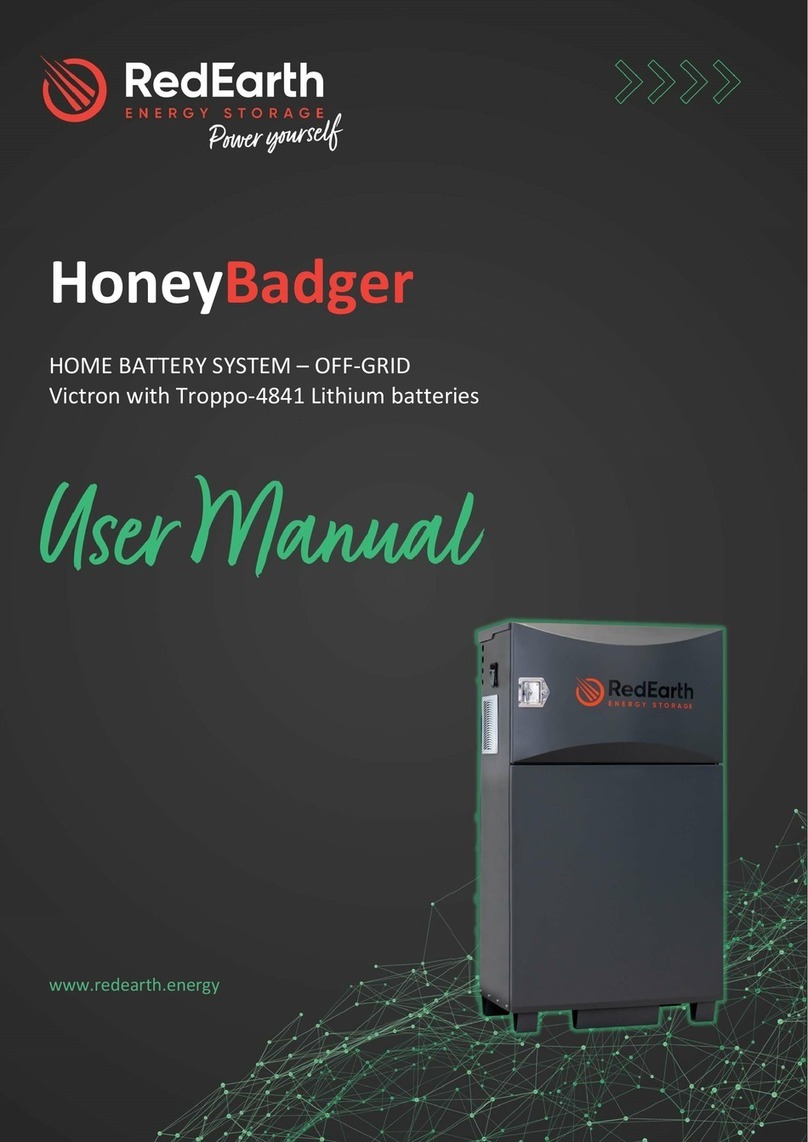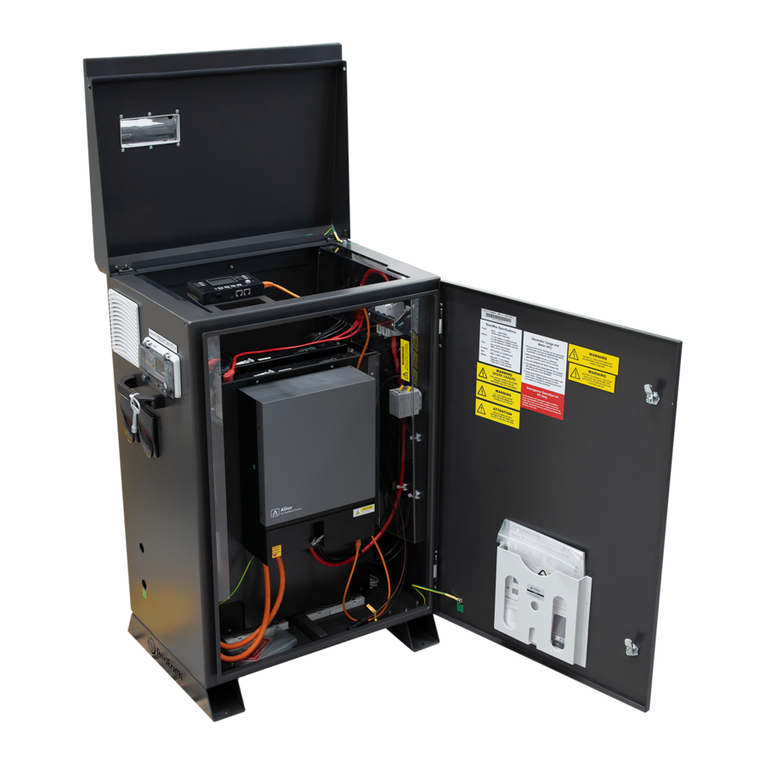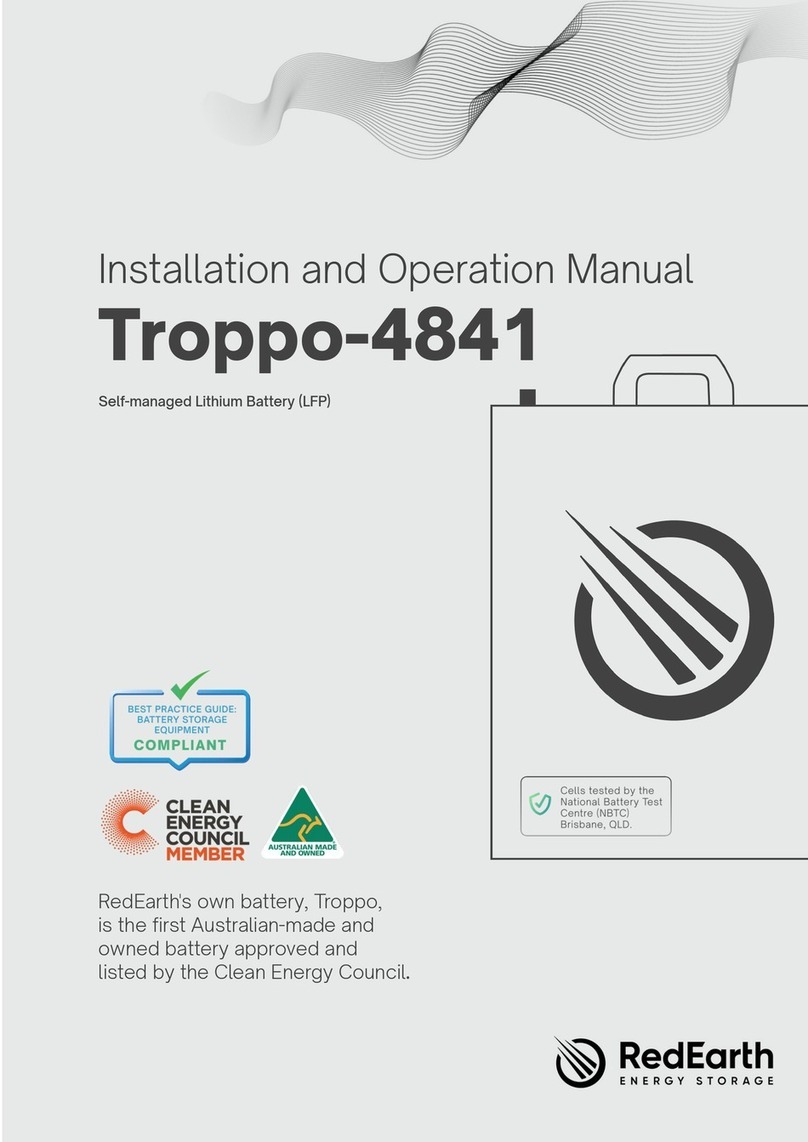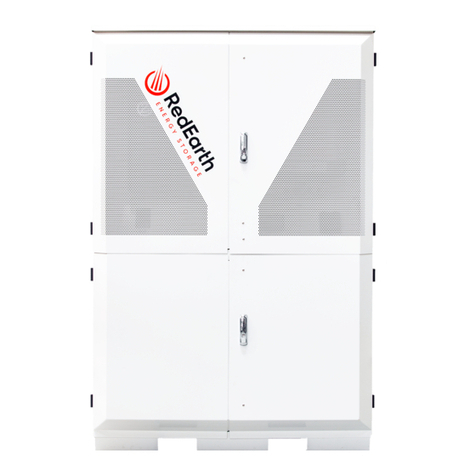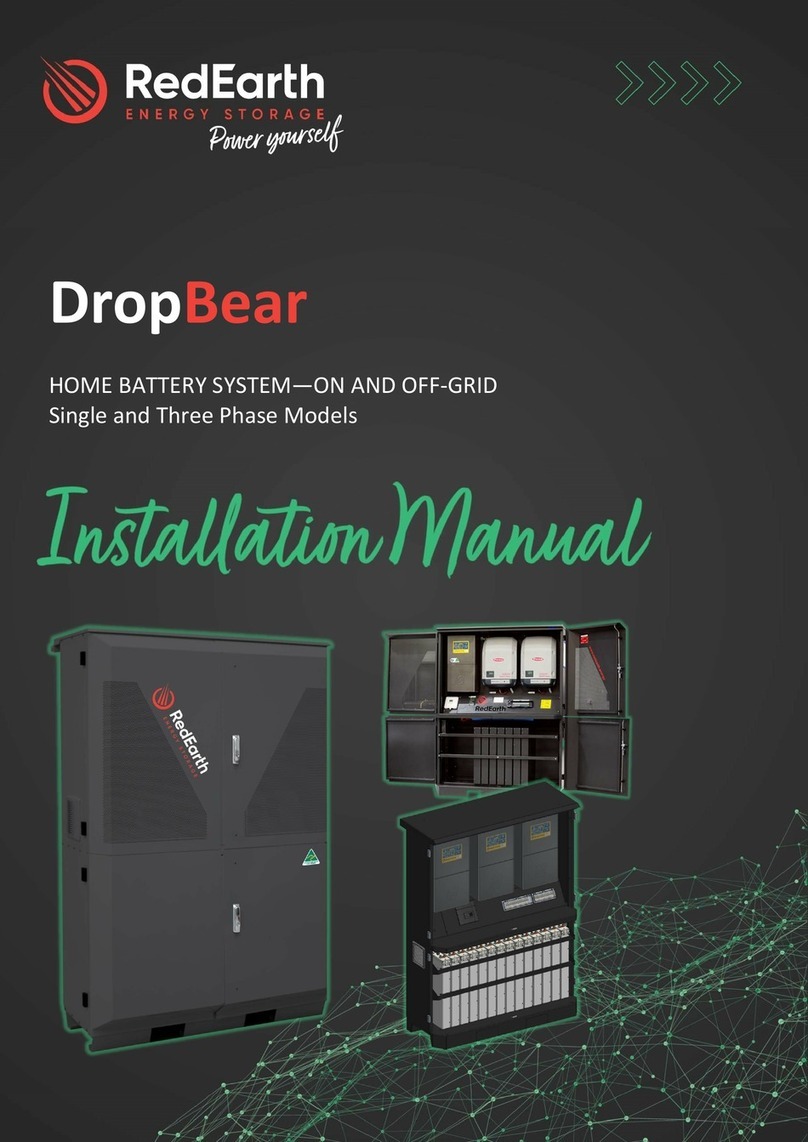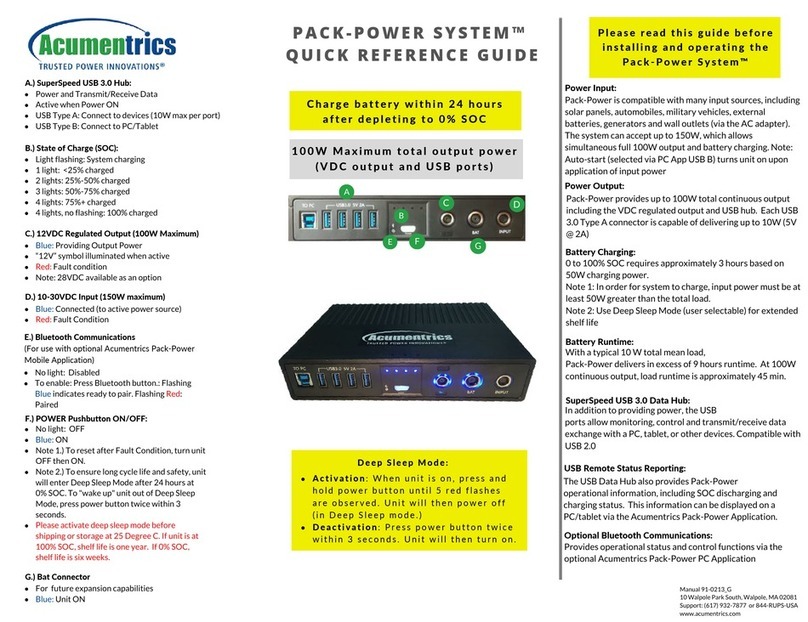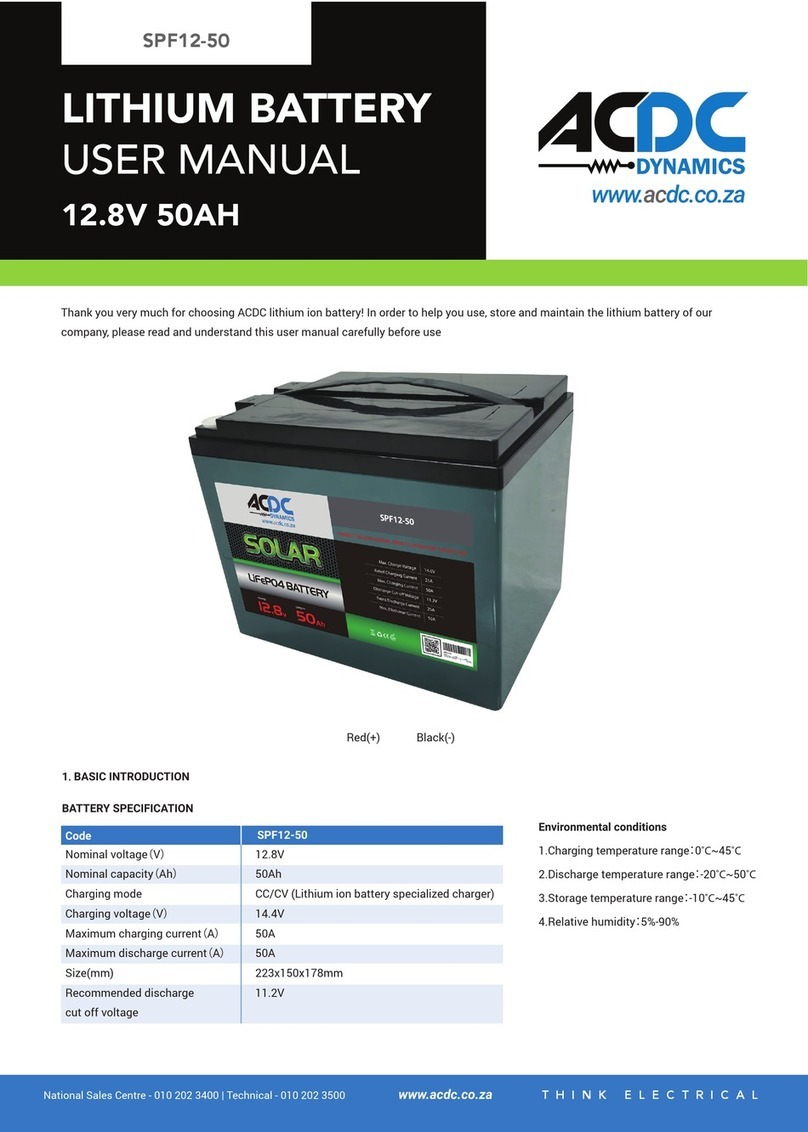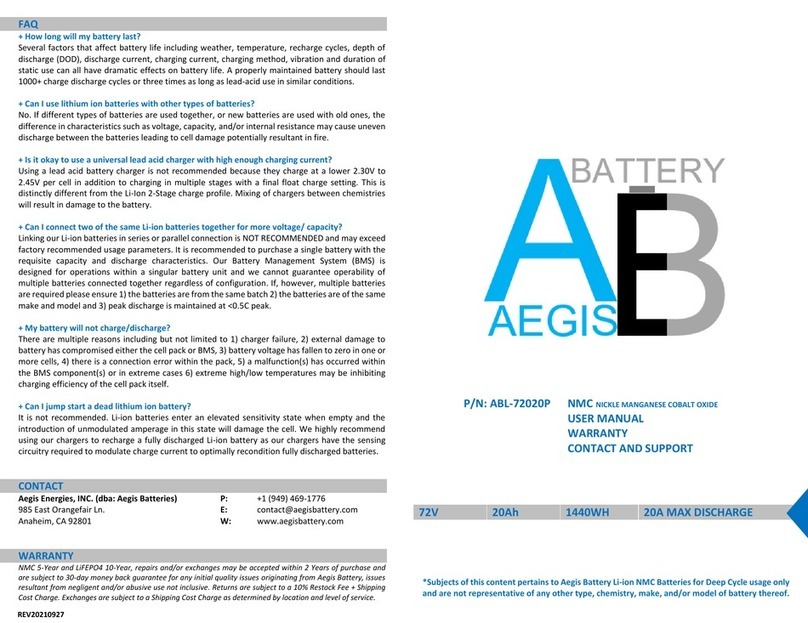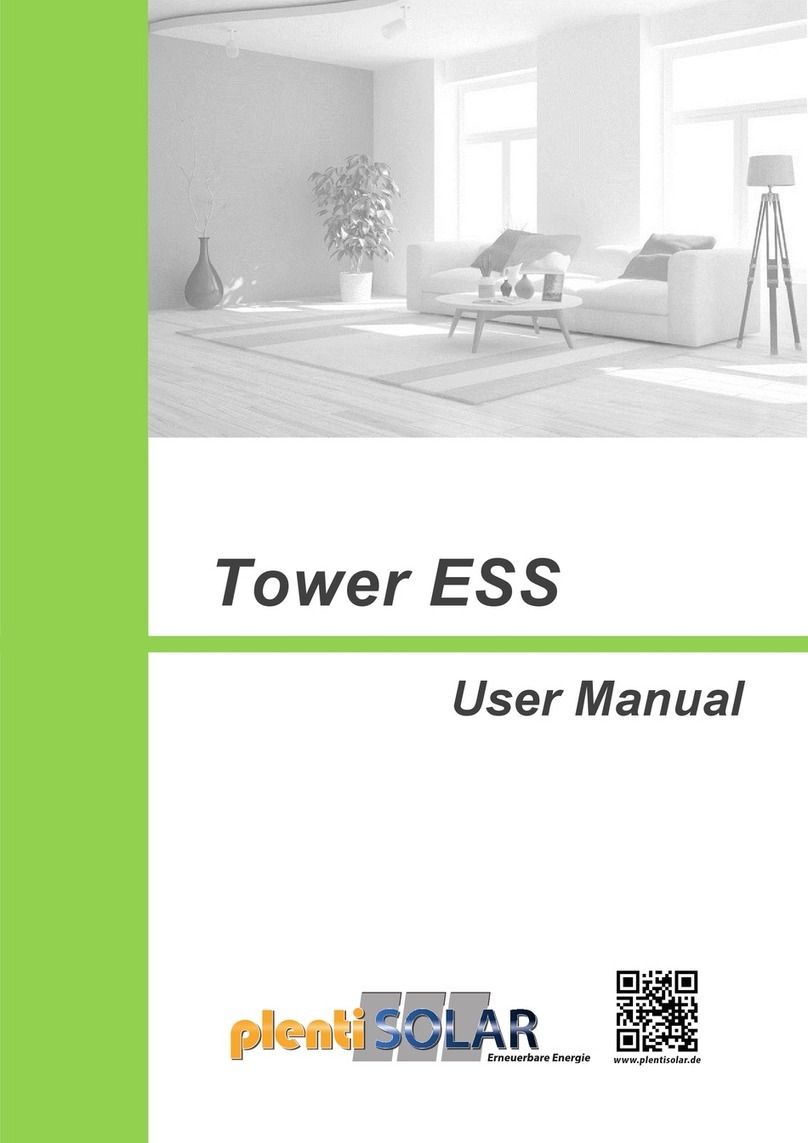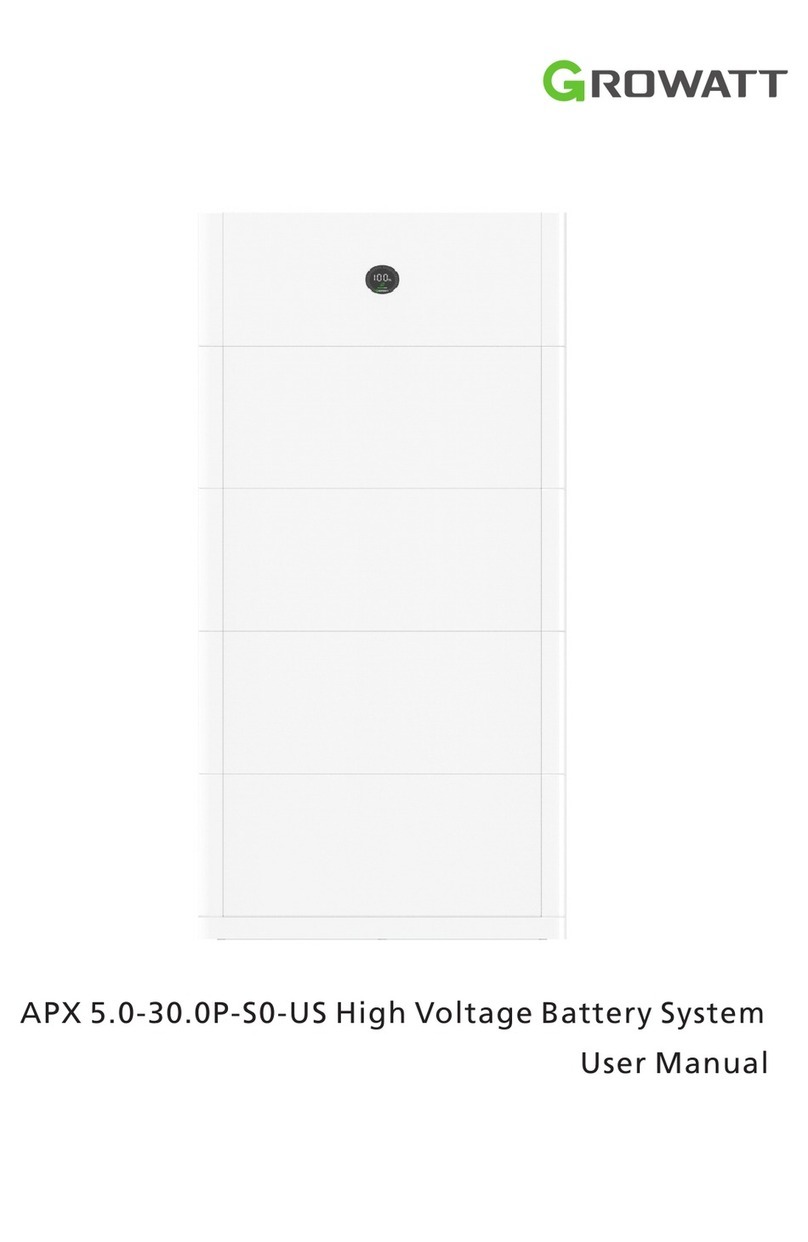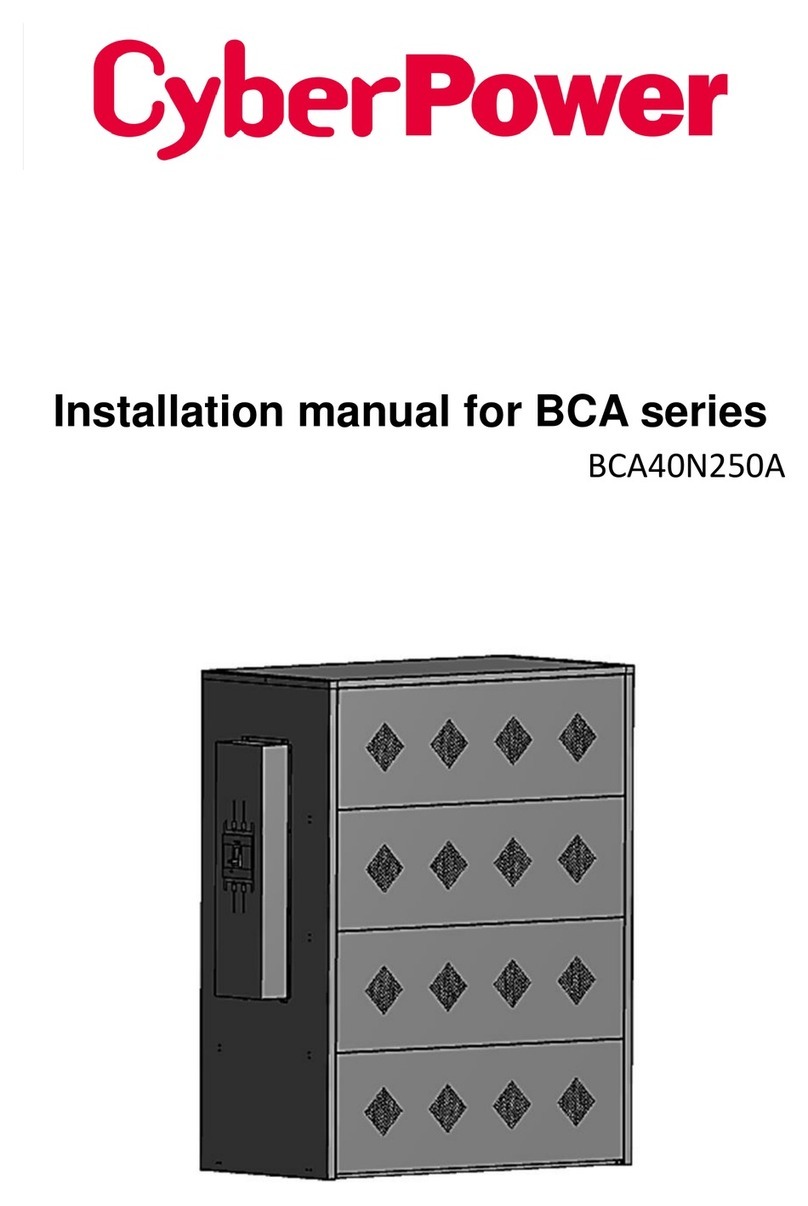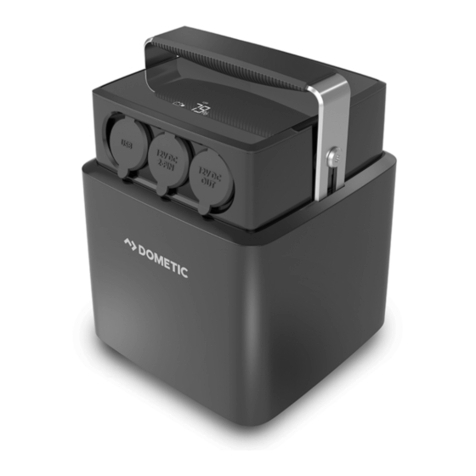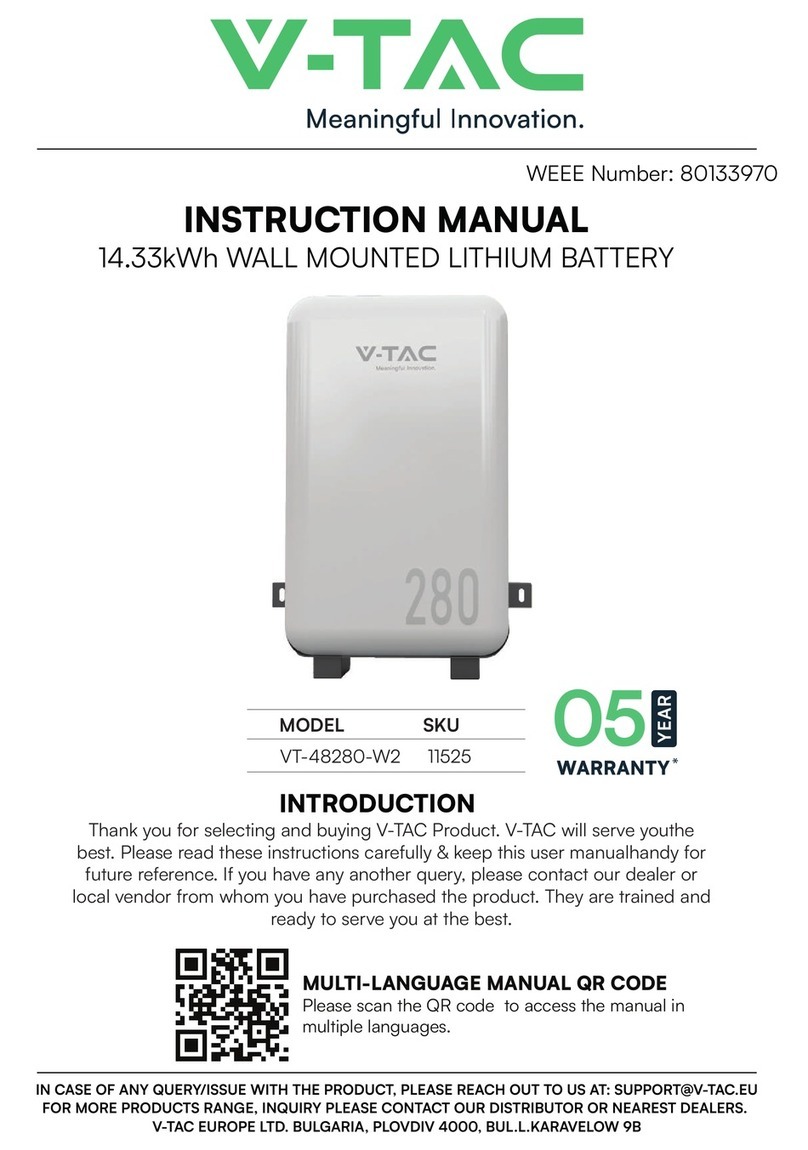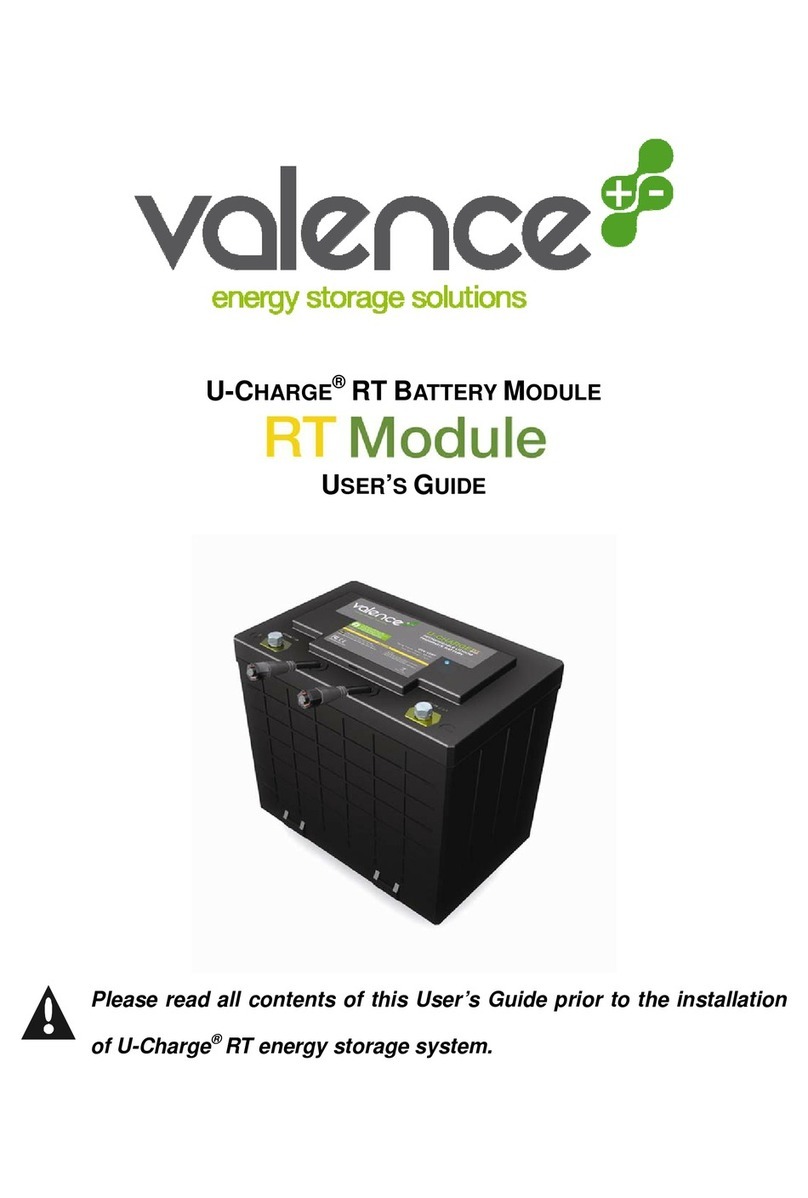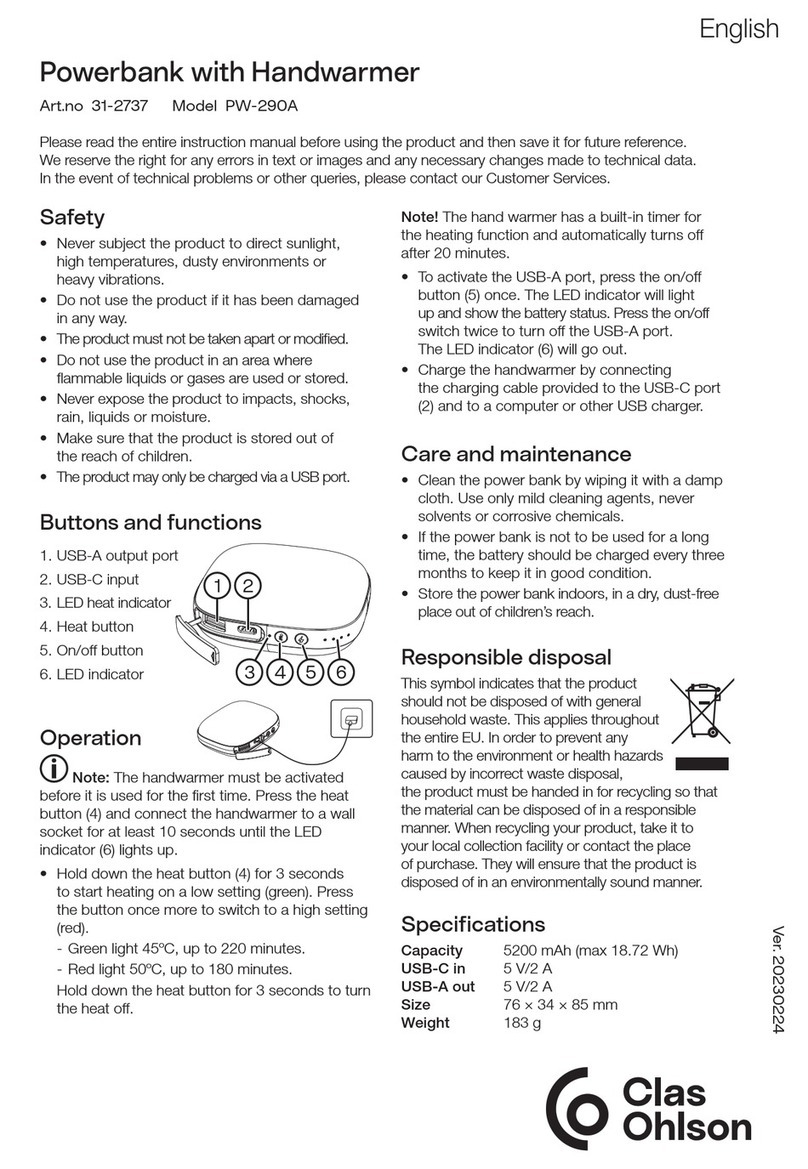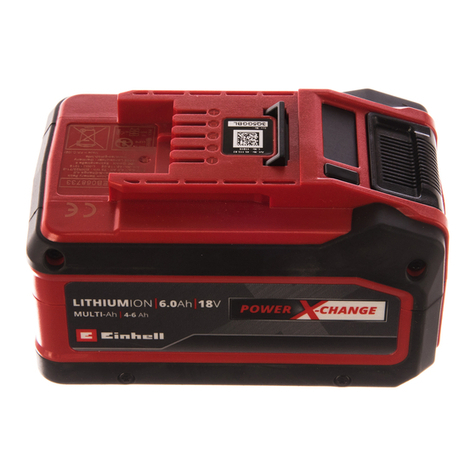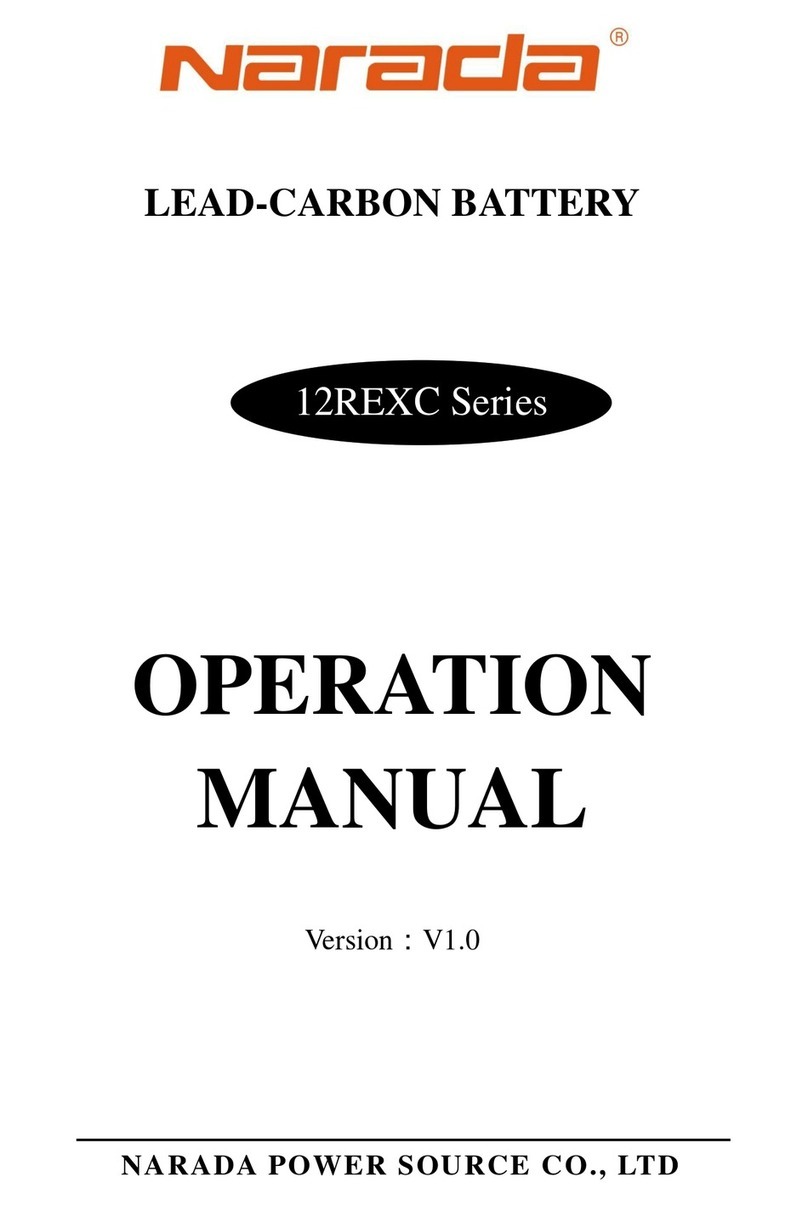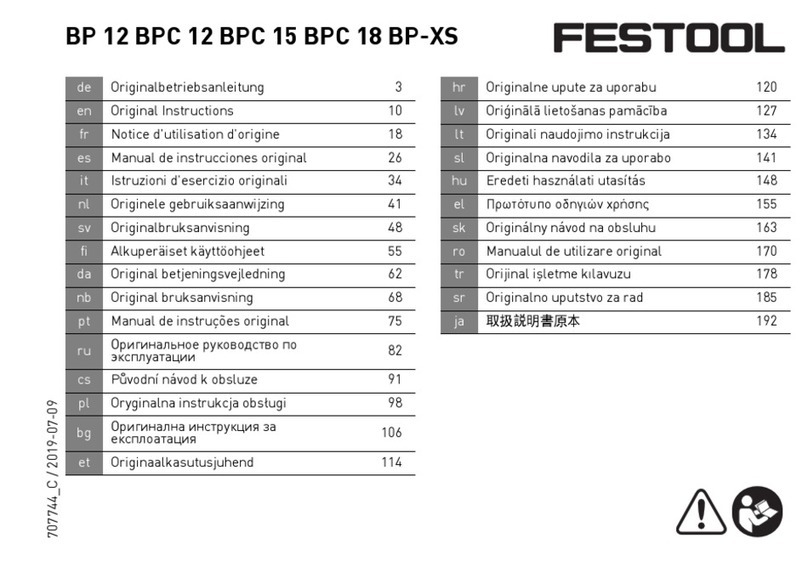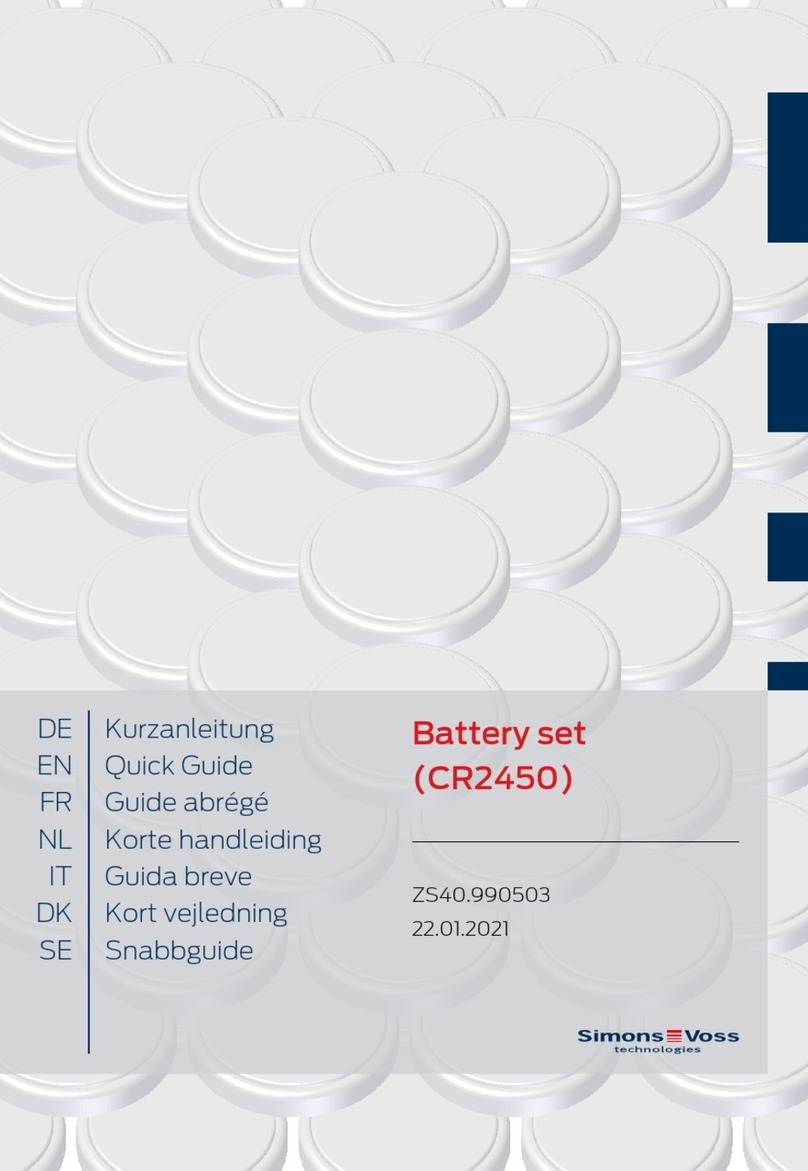
BushChook – Installation and Operation Manual
Page 3 of 48
Issue date: 19/12/2023. Version 1.1
Ta b l e o f C o n t e n t s
Overview..............................................................................................................................................................................................................................4
Dimensions and positioning information ...............................................................................................................................................................6
BushChook weight, size, and IP rating:.............................................................................................................................................................6
Positioning information summary:.......................................................................................................................................................................6
Overview of the installation tasks ............................................................................................................................................................................7
Internal Components Description..........................................................................................................................................................................10
Opening the BushChook......................................................................................................................................................................................10
Inside Layout .............................................................................................................................................................................................................10
Battery area ...............................................................................................................................................................................................................10
Inverter area...............................................................................................................................................................................................................11
Electrical panel area..............................................................................................................................................................................................11
Parts kit and documentation: .............................................................................................................................................................................12
Installation: 8 steps for installation and customer handover....................................................................................................................13
Step 1. Transporting.................................................................................................................................................................................13
Step 2. Positioning .....................................................................................................................................................................................14
Step 3. Solar installation..........................................................................................................................................................................15
3.1 PV String configuration ..................................................................................................................................................................15
3.2 PV Isolators.........................................................................................................................................................................................17
Step 4. Electrical connections..............................................................................................................................................................17
4.1 Grid, Load and Smart Port connection ...................................................................................................................................18
4.2 Main Switchboard wiring & Feed-in Meter Installation....................................................................................................20
4.3 Battery connection..........................................................................................................................................................................23
4.4 Earth Fault Alarm...............................................................................................................................................................................24
4.5 Solar connection ..............................................................................................................................................................................24
4.6 Connecting the BushChook in an Off-Grid Installation ...................................................................................................25
Step 5. Understanding the Turn ON/SHUTDOWN Procedure.................................................................................................26
Step 6: Commissioning the system....................................................................................................................................................27
6.1 Power up the BushChook system ............................................................................................................................................27
6.2 Access the inverter via the Solarman APP, using Local Mode. ...................................................................................27
6.3 Confirm the Inverter Initial configuration including regional settings .......................................................................28
6.4 BushChook Fault Codes................................................................................................................................................................32
6.5 Te s t t h e o p e r a t i o n o f t h e c o m p le t e s y s t e m p r i o r t o h a n d ov e r t o t h e c u s t o m e r . ................................................34
Step 7. Activating Remote Monitoring and Communications .................................................................................................34
Step 8: Customer Handover ..................................................................................................................................................................35
Services and options available for your BushChook....................................................................................................................................37
Te c h n i c a l s u p p o r t .........................................................................................................................................................................................................38
Appendix A.......................................................................................................................................................................................................................39
Single Line Diagram—Power (1-phase and 3-phase versions) ..........................................................................................................39
Single Line Diagram—Communications (1-phase and 3-phase are the same)...........................................................................41
Single Line Diagram—Main Switchboard (1-phase and 3-phase versions) ..................................................................................42
Appendix B.......................................................................................................................................................................................................................44
Te c h n i c a l S p e c i fi c a t i o n s - BushChook systems.......................................................................................................................................44
Troppo-4841 battery specifications...............................................................................................................................................................45
